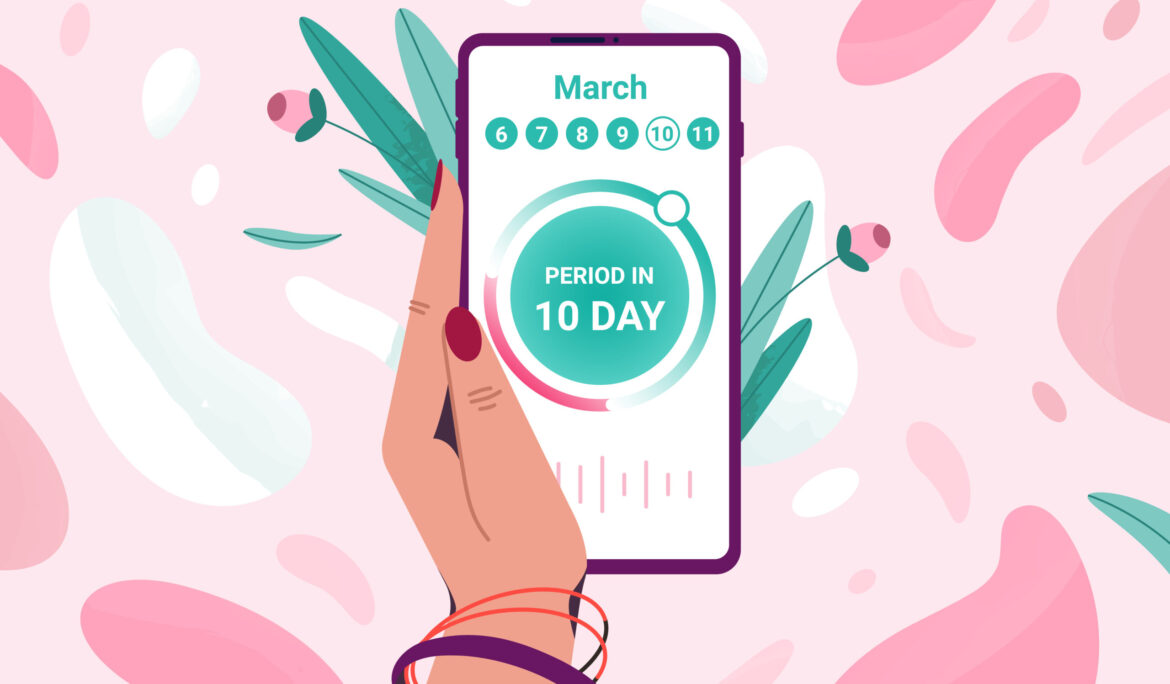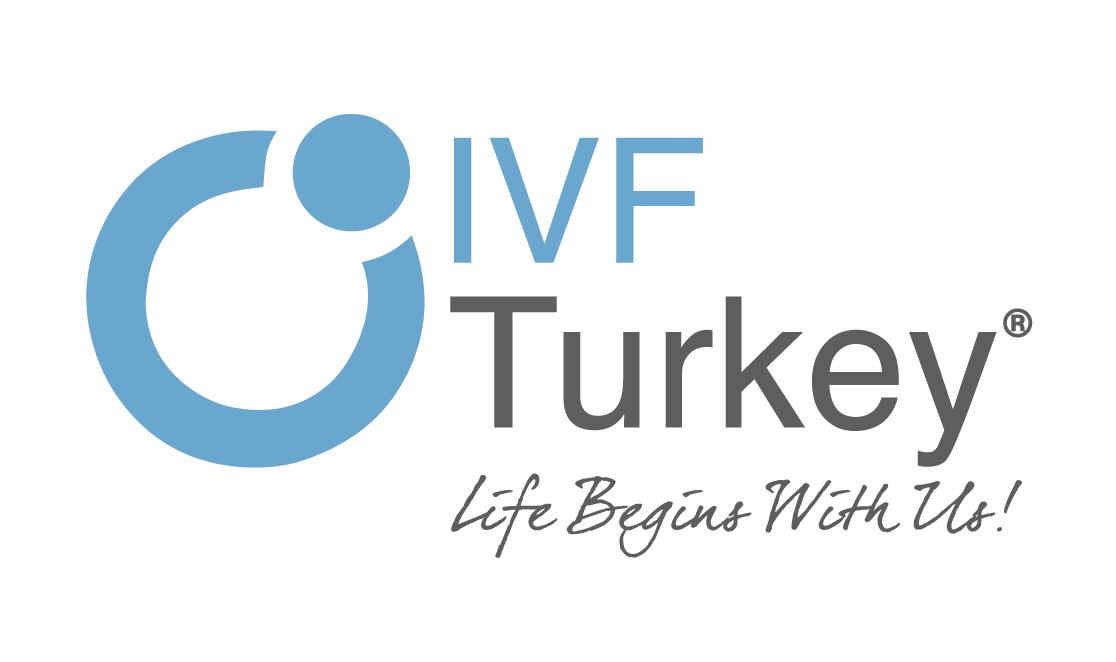Are Ovulation Kits More Accurate Than Apps or Basal Body Temperature Tracking?


| Ovulation Tracking Method | Accuracy Level | Description |
|---|---|---|
| Ovulation Predictor Kits (OPKs) | High (99% accuracy in detecting LH surge) | Detects luteinizing hormone (LH) surge 24-36 hours before ovulation. |
| Basal Body Temperature (BBT) | Moderate (80% when tracked consistently over time) | Tracks the slight temperature increase after ovulation occurs. |
| Fertility Apps | Variable (based on data input; typically less accurate) | Predicts fertile days using cycle data but lacks real-time biological tracking. |
For couples trying to conceive, choosing the most accurate method to track ovulation is crucial. While ovulation predictor kits (OPKs), basal body temperature (BBT) tracking, and fertility apps are popular options, each has its strengths and limitations. In this article, we explore the accuracy of each method and compare how ovulation kits measure up against BBT and fertility apps for predicting the best time to conceive.
How Ovulation Kits Work
Ovulation predictor kits (OPKs) detect the surge of luteinizing hormone (LH) in urine, which typically occurs 24-36 hours before ovulation. LH is the hormone responsible for triggering the release of a mature egg from the ovary, making OPKs a reliable indicator of the fertile window.
- How to Use OPKs: To use an OPK, you test your urine daily, starting a few days before you expect to ovulate. A positive result indicates an LH surge, meaning ovulation is likely to occur within the next day or two.
- Accuracy: OPKs are considered highly accurate (up to 99%) in detecting the LH surge, giving a precise indicator of when ovulation is approaching.
How Basal Body Temperature (BBT) Tracking Works
Basal body temperature (BBT) tracking involves measuring your body’s resting temperature each morning before getting out of bed. After ovulation, there is a slight increase (around 0.5°F or 0.3°C) in BBT due to the hormone progesterone.
- How to Track BBT: Using a basal thermometer, you record your temperature daily and chart the readings over time. A sustained rise in temperature signals that ovulation has already occurred.
- Accuracy: BBT tracking is moderately accurate but only confirms ovulation after it has already happened, making it less useful for predicting the fertile window in advance. It’s most effective when used consistently over several months to establish a pattern.
How Fertility Apps Work
Fertility apps use data such as cycle length, past periods, and other symptoms to estimate when ovulation is likely to occur. Many apps also allow you to input additional data, like basal body temperature or ovulation test results, to refine predictions.
- How to Use Fertility Apps: You input your menstrual cycle information, and the app provides predictions for your fertile days. Some apps also track other fertility signs, such as cervical mucus or mood changes.
- Accuracy: The accuracy of fertility apps can vary widely depending on the quality of data you provide and whether your cycles are regular. Apps are generally less accurate than OPKs or BBT tracking because they rely on statistical models rather than real-time biological indicators.
Comparing Accuracy: Ovulation Kits vs. BBT and Apps
When it comes to accuracy, ovulation predictor kits are generally more reliable than BBT tracking and fertility apps. Here’s why:
- OPKs: Ovulation kits directly measure the hormonal surge that triggers ovulation, giving a highly accurate prediction of when ovulation is about to occur. This allows couples to time intercourse for the best chances of conception.
- BBT Tracking: BBT can help confirm that ovulation has occurred but doesn’t predict it in advance. It’s less useful for timing intercourse unless paired with other methods.
- Fertility Apps: While apps can provide a rough estimate of fertile days, they rely heavily on regular cycle patterns and are not as accurate as methods that track real-time biological data. Apps work best when combined with other ovulation tracking methods.
Pros and Cons of Each Method
| Method | Pros | Cons |
|---|---|---|
| Ovulation Kits (OPKs) | Highly accurate, easy to use, and provides real-time data. | Can be costly if used frequently, and requires daily testing during fertile days. |
| Basal Body Temperature | Affordable and easy to do at home. | Only confirms ovulation after it happens, not a predictive method. |
| Fertility Apps | Convenient, helps track cycle history, and some are free. | Predictions can be inaccurate, especially with irregular cycles or inconsistent data input. |
Conclusion
When it comes to predicting ovulation accurately, ovulation predictor kits are generally the most reliable option, as they detect the hormonal surge that directly precedes ovulation. Basal body temperature tracking, while helpful for confirming ovulation after the fact, is less predictive, and fertility apps rely on statistical estimates that can vary in accuracy. For the best results, many couples choose to use a combination of methods, such as pairing OPKs with BBT or an app, to maximize their chances of conception.
Contact Us if you need more information about ovulation tracking methods or have questions related to fertility. We’re here to help!



